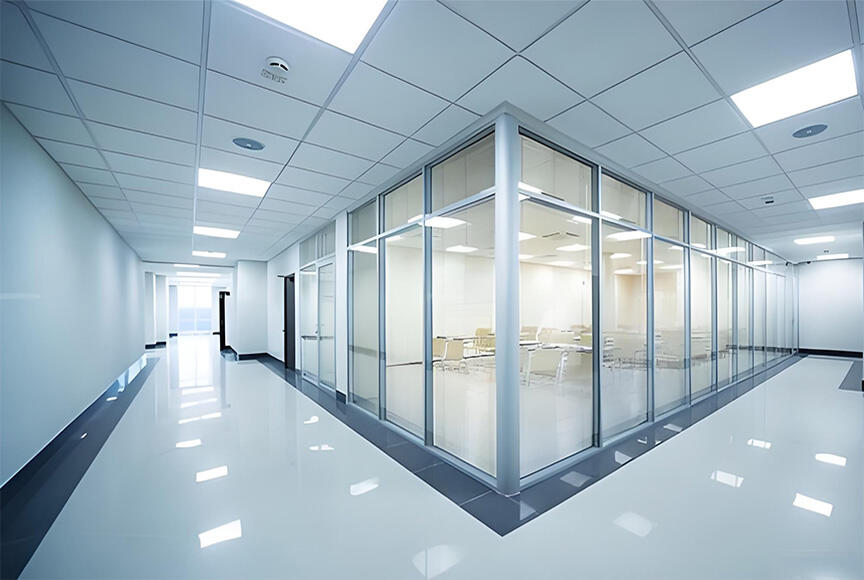ceiling grid price
Ceiling grid price represents a crucial factor in modern construction and interior design planning, encompassing various components that form the framework for suspended ceiling systems. The pricing structure typically includes main runners, cross tees, wall angles, and necessary installation hardware. These systems are engineered to provide both functional and aesthetic benefits, supporting different types of ceiling tiles while concealing mechanical systems, electrical wiring, and HVAC components. The price varies significantly based on material quality, with options ranging from basic steel to premium aluminum alloys, each offering different levels of durability and corrosion resistance. Modern ceiling grid systems incorporate advanced features such as seismic compliance capabilities, enhanced load-bearing capacity, and improved acoustic performance. The pricing also reflects the sophistication of the grid design, with some systems offering tool-free installation mechanisms and integrated lighting solutions. Manufacturers often provide different price tiers based on the intended application, whether for commercial, residential, or industrial use. The total cost consideration includes not only the material price but also factors such as fire rating compliance, environmental certifications, and warranty coverage.


